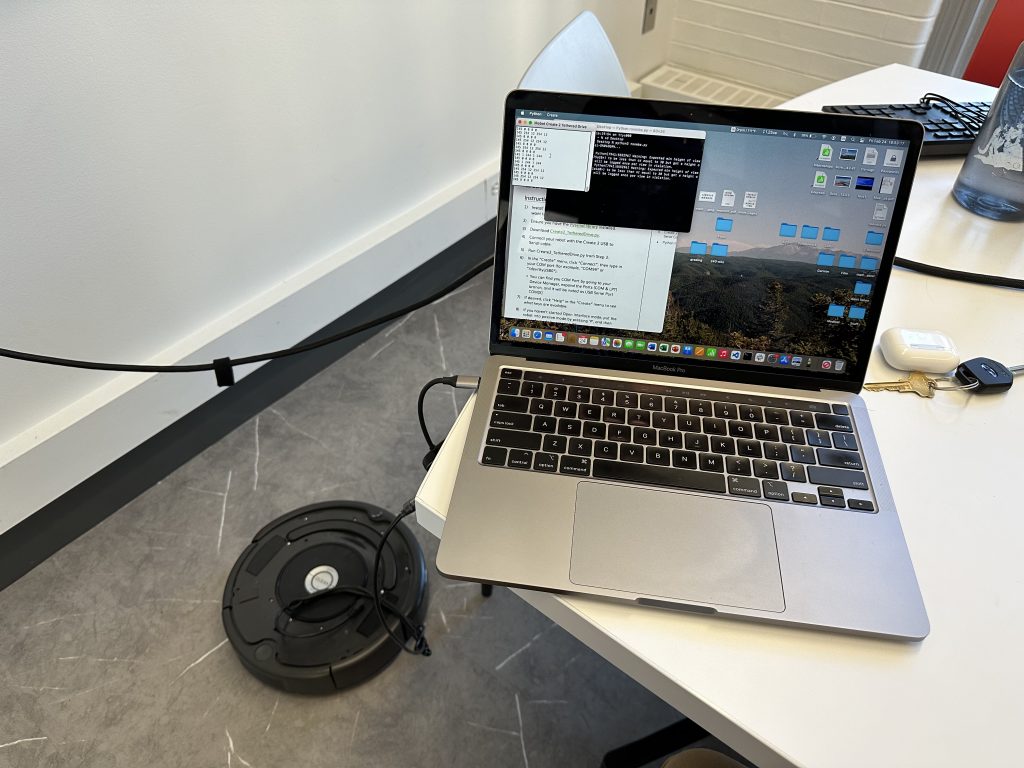The most significant project risk at this point is successful integration of various components. We are making good progress on getting individual components working, but because there are so many hardware and software elements it will be a challenge to complete this on time. For mitigation, there’s not a ton we can do, other than adhere to the schedule and use the built-in SLACK time as necessary; though we have obtained backup items in case the Jetson Xavier AGX and/or SLAMTEC LiDAR do not meet our requirements.
There were no major changes to the overall design or its requirements since the last status report. Our current implementation details can be found in the full design report.
As a team we spent most of our time this week on the design report, so that’d be the biggest artifact produced. We have also got a POC for SLAM running on the Jetson using ROS and hector SLAM.
Q: As you’ve now established a set of sub-systems necessary to implement your project, what new tools have your team determined will be necessary for you to learn to be able to accomplish these tasks?
A: As we have transitioned from using Matlab to ROS, the team must learn ROS as it will be the framework used for controlling the robot and implementing SLAM.



